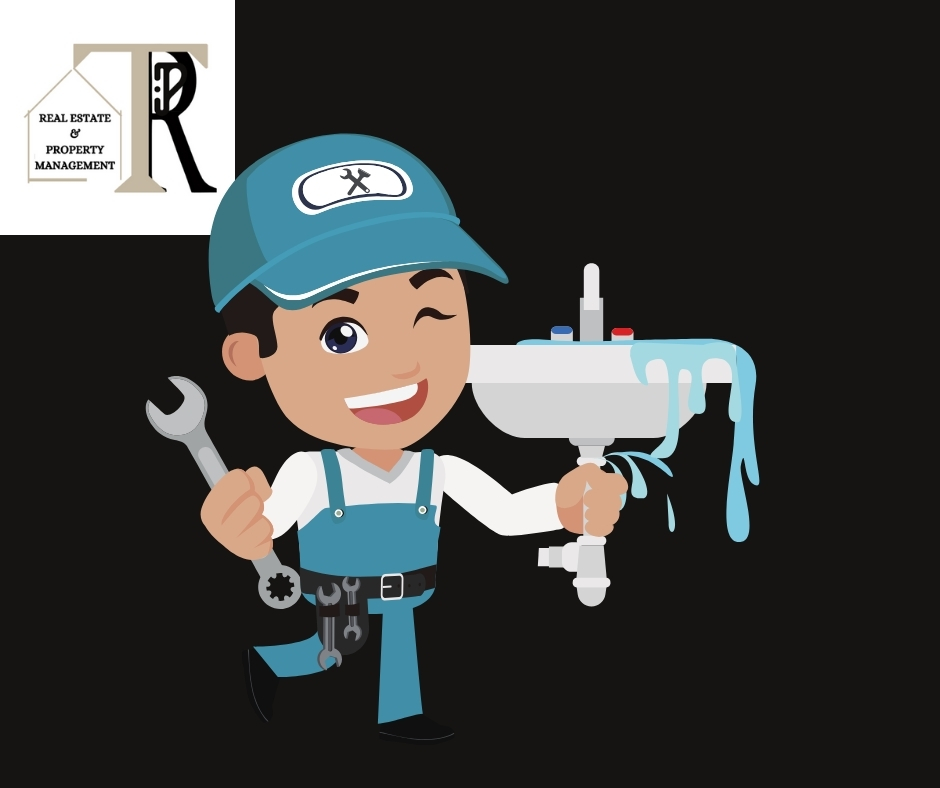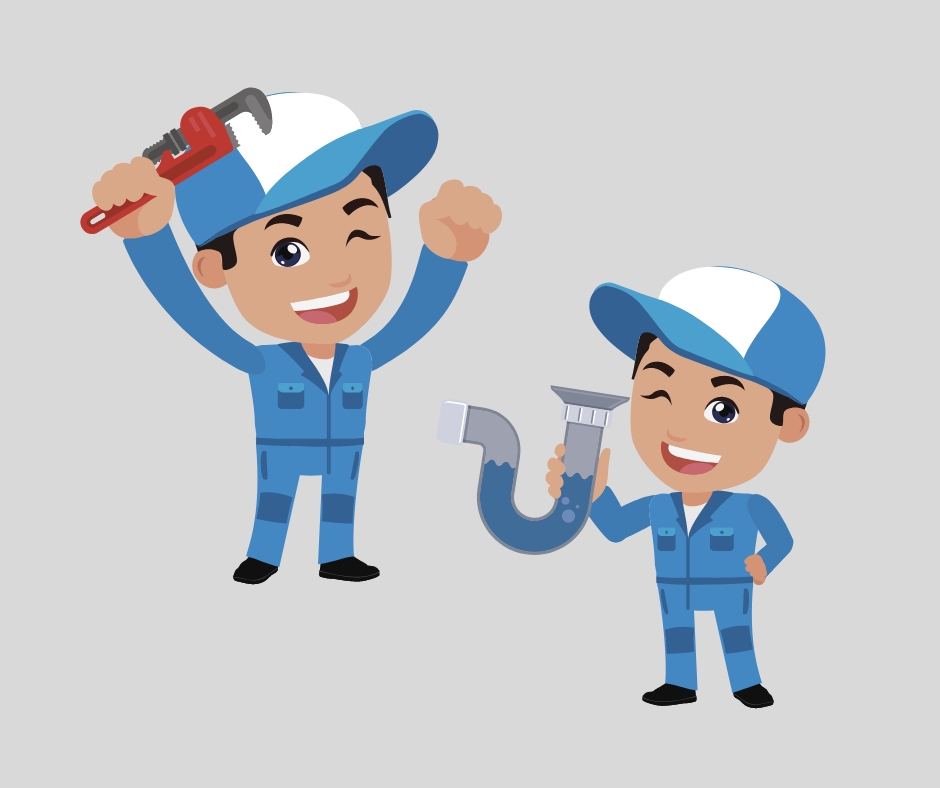Say Goodbye to Clogged Drains: Easy DIY Fixes for a Smooth-Flowing Home

As a homeowner, few things can be as frustrating as dealing with clogged drains. Such as, from the bathroom sink to the kitchen drain, these everyday nuisances can disrupt our daily routines and even cause potential damage to our homes. But fear not! In this blog post, Stacy Burgin, from Terra Point Realty, shares some tried-and-tested DIY fixes to help you bid adieu to clogged drains for good.
Secondly, dealing with clogged drains can be a hassle. But, there are several effective DIY methods you can try before calling a professional plumber. Here are some tried-and-true techniques:
Remove Visible Blockages
Kitchen Sinks
Food scraps and debris often accumulate. Use gloves to reach into the drain and extract any visible debris. Turn off the power to your garbage disposal first if you have one.
Bathroom Drains
Hair is a common culprit. Use needle-nose pliers or a drain cleaning tool to grab and remove hair.
Vinegar and Baking Soda Magic
One of the most effective and natural remedies for unclogging drains is a combination of vinegar and baking soda. Begin by pouring half a cup of baking soda down the drain, followed by half a cup of vinegar. Next, let the mixture sit for a few hours or overnight, and then flush it with hot water. The chemical reaction between these two household staples will break down any debris and clear the clog like magic.
Hot Water Flush
Additionally, sometimes the solution to a clogged drain is as simple as a good ol’ hot water flush. Boil a kettle of water and carefully pour it down the drain in several stages, allowing the hot water to work its way through the pipes. Therefore, the high temperature will dissolve any grease or soap residue, effectively unclogging the drain. Furthermore, remember to be cautious when handling boiling water to avoid any accidents.
Boiling Water
Also, carefully pour boiling water down the drain in stages to help dissolve clogs caused by grease or soap. Moreover, this method is best for metal pipes; avoid using boiling water on PVC pipes to prevent damage.
Dish Soap and Hot Water
For greasy clogs, squirt a generous amount of dish soap into the drain and follow it with hot water. For example, the soap will help break down the grease, and the hot water will flush it away.
Plunger
Ensure there’s enough water in the sink or tub to cover the bottom of the plunger. Next, place the plunger over the drain and push down firmly to create a seal. Pump the plunger up and down rapidly for about 20 seconds to dislodge the clog.
DIY Drain Snake
Also, insert a drain snake into the drain and twist it clockwise as you push it forward. This motion will help break up the clog, allowing you to pull it out or push it further down the pipe. In addition, drain snakes are available at most hardware stores.

Wire Coat Hanger
Furthermore, for tougher clogs, a DIY drain snake can be a handy tool to have. Therefore, take a wire hanger and straighten it out, leaving the hook intact. Bend one end of the wire into a small hook shape and use it to fish out any debris that may be causing the blockage. Gently maneuver the wire down the drain, being careful not to damage the pipes. This simple yet effective method can clear even the most stubborn clogs.
Salt and Baking Soda Combo
Another powerful duo to tackle clogged drains is a mixture of salt and baking soda. Mix half a cup of salt and half a cup of baking soda and pour it down the drain. Let it sit for a few hours, then flush it with hot water. The abrasive properties of salt combined with the cleaning power of baking soda will dissolve any organic matter and leave your drain flowing smoothly.
Coca-Cola
Pour a bottle of Coca-Cola into the drain and let it sit for several hours. The carbon dioxide helps break up clogs. Follow with boiling water.
Prevention is Key
As the saying goes, prevention is better than cure. Regular maintenance and preventive measures can help prevent clogged drains in the first place. Use drain strainers or screens to catch hair, food particles, and other debris before they enter the drain. Avoid pouring grease or oil down the drain, as they can solidify and cause clogs. Lastly, regular flushing of drains with hot water can help keep them clear and free-flowing.
Preventative Measures
Use Drain Strainers:
Install mesh drain strainers in sinks and showers to catch hair and food particles before they go down the drain.
Dispose of Grease Properly:
Never pour grease down the sink. Instead, collect it in a container and dispose of it in the trash.
Regular Maintenance:
Periodically flush drains with hot water to prevent buildup. Using a baking soda and vinegar solution regularly can also help keep drains clear and odor-free.
Conclusion
In conclusion, clogged drains can be a homeowner’s nightmare, but with these DIY fixes, you can bid farewell to frustrating clogs and enjoy a smooth-flowing home. From the natural cleaning power of vinegar and baking soda to the simplicity of a hot water flush, these remedies are easy to implement and highly effective. Remember to practice preventive measures to keep your drains clog-free in the long run. Say goodbye to clogged drains and hello to a hassle-free home!
When to Call a Professional
If these DIY methods don’t resolve the clog, it might be time to call a professional plumber. Persistent clogs can indicate deeper issues within your plumbing system that require specialized tools and expertise to fix.
Lastly, by following these DIY methods, you can often clear minor clogs and keep your drains running smoothly. However, don’t hesitate to seek professional help for more stubborn blockages.

Contact Information
To schedule a coffee date or learn to say goodbye to clogged drains, contact Terra Point Realty at 713-766-1697. Their friendly and knowledgeable team is ready to assist you with to say goodbye to clogged drains. Don’t miss out on the opportunity to live in your dream house – schedule a coffee date today and start your journey towards to say goodbye to clogged drains.
